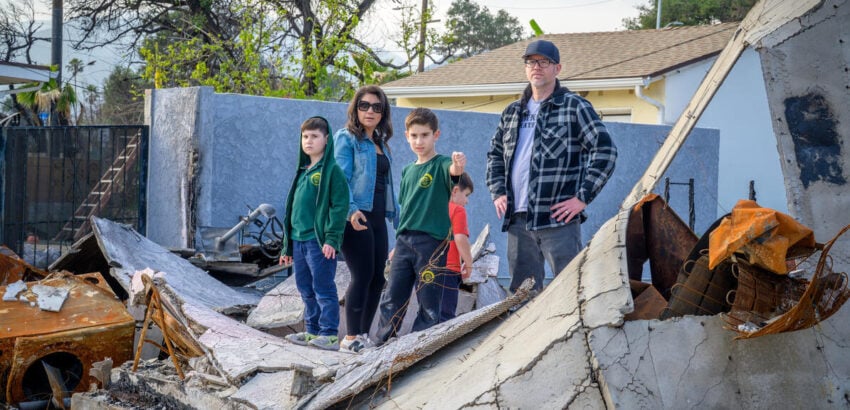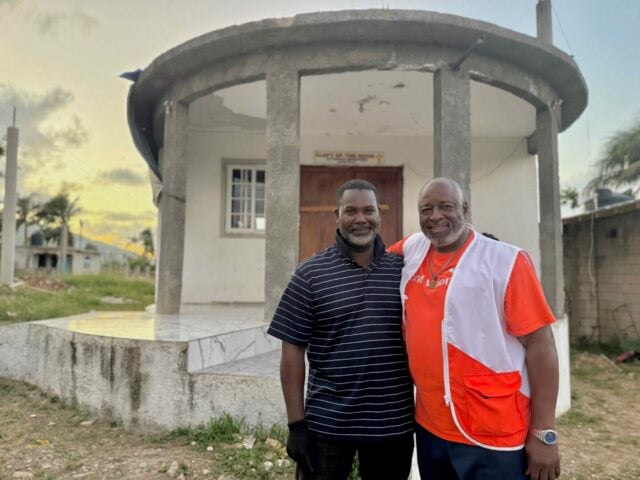Imagine having only minutes to decide what to take and what to leave behind. Your home, your school, your community — lost in an instant. For millions, this isn’t just a worst-case scenario; it’s reality.
Emergencies rarely come with a warning. They strike fast — with the roar of wildfire, the jolt of an earthquake, or the silence that follows lost communication. Whether it’s a natural disaster, a power outage, or a humanitarian crisis, having a plan ready can mean the difference between chaos and calm.
Emergency preparedness isn’t about fear. It’s about responsibility, not just for ourselves but also for our loved ones, our neighbors, and our most vulnerable community members. We’ve seen firsthand how small steps taken before a disaster can save lives and bring hope back.
Proverbs 27:12 tells us, “The prudent see danger and take refuge.” As people of faith, we prepare not out of fear, but out of love for our families, for our neighbors, and for those God calls us to serve.
To prepare for an emergency, you’ll need to make a plan for your household, build an emergency supply kit with food and water, and stay informed about risks in your area. You’ll also need to store important documents, medications, and contact info, and you’ll want to practice your plan regularly and keep your kit updated. Preparation can save lives and reduce panic.
Emergency preparedness guide
Let’s walk through, step-by-step, on how to prepare for a disaster or emergency so you can be ready, equipped, and empowered. In this guide, you’ll discover:
- Why emergency preparedness matters
- How to create an emergency plan and supply kit
- Make a spiritual readiness plan
- Ready to respond: How World Vision helps during emergencies
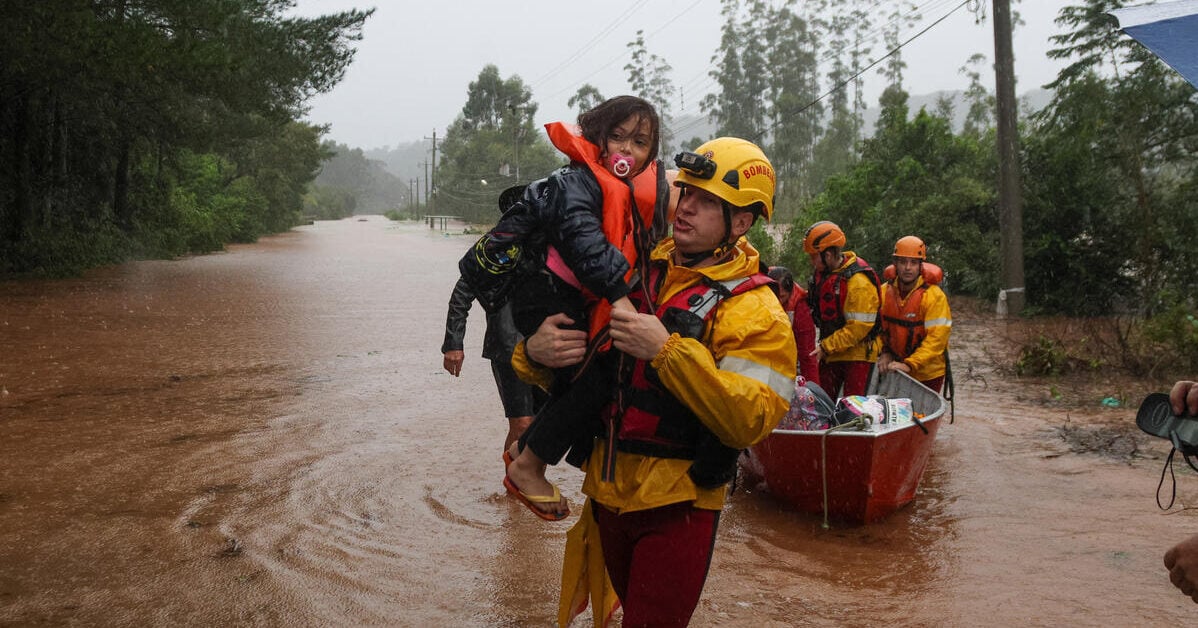
Why emergency preparedness matters
Disasters come in many forms: hurricanes, floods, earthquakes, wildfires, armed conflict, pandemics, and more. Emergencies can unfold without warning, leaving little time to act.
Preparedness saves lives and reduces suffering. Children, the elderly, and people with disabilities are especially at-risk during emergencies. Having a plan helps protect the most vulnerable. Proverbs 27:12 reminds us: “The wise see danger and take cover.”
A frequent sentiment after a disaster is wishing one had done things differently or been more prepared.
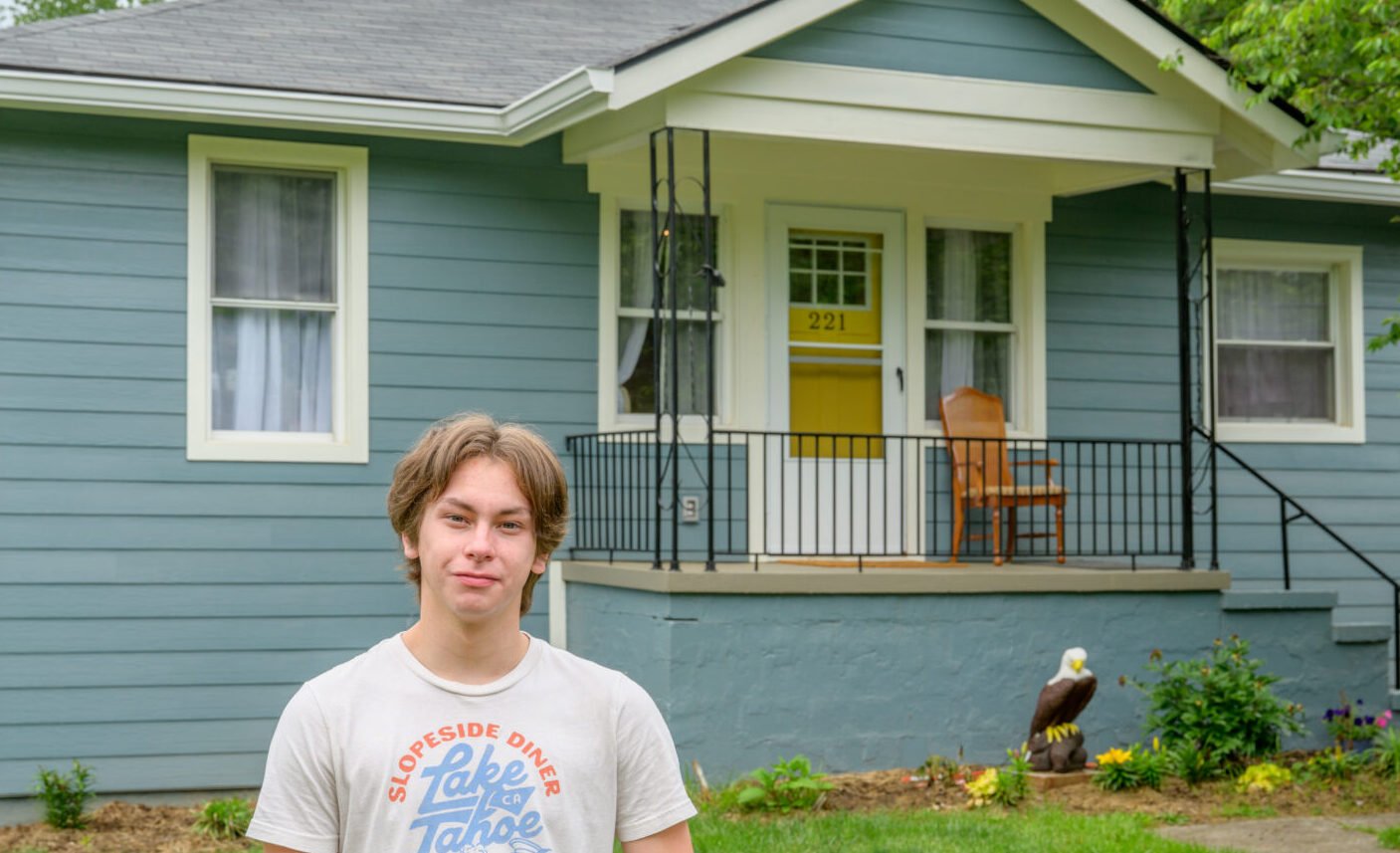
“I wish before the hurricane, I had known not to underestimate the power of the floodwaters and the storm,” said Mateo Magana (pictured above) of Swannanoa, North Carolina.
On September 26, 2024, Hurricane Helene — a catastrophic Category 4 storm — roared ashore in Florida and devastated North Carolina. It destroyed Mateo’s home, where he lives with his grandparents.
“If I could go back, I would definitely have a bag ready and packed,” he said.
How to create an emergency plan and supply kit
Being prepared and self-sufficient is crucial, as disasters in the U.S. can overwhelm emergency services. It’s essential for households to be able to sustain themselves for at least 72 hours.
This three-day standard, recommended by FEMA and the American Red Cross, aligns with global best practices, emphasizing the importance of readiness regardless of where a disaster occurs.
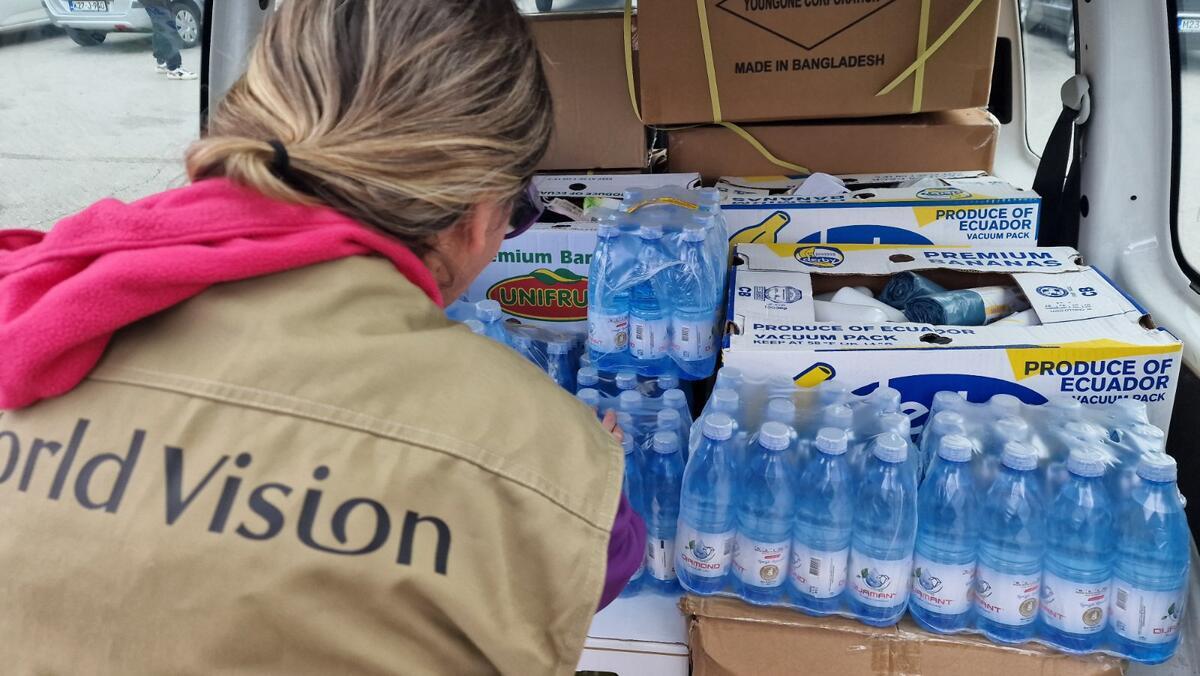
In Europe, the European Union has recently adopted a similar strategy. In March 2025, the EU urged its 450 million citizens to stockpile essential supplies to last at least 72 hours. This recommendation is part of the EU’s Preparedness Union Strategy, which aims to enhance resilience against emerging threats such as extreme weather, cyberattacks, and geopolitical tensions.
Mike Bassett, World Vision’s U.S. Programs emergency response manager, has responded to U.S. disasters for nearly 10 years — from the devastation of Hurricane Harvey in 2017 to the Central Texas flooding in July 2025.
“When a family is prepared for disaster, they are protecting the most important thing, the lives and safety of their family,” he explains. “I have heard numerous times from survivors of a disaster say, ‘I am just thankful we are safe; things can be replaced, lives can’t.’”
Here are the steps you can take to make your emergency plan and supply kit.
1. Know your risks
- Learn what disasters are most likely in your area.
- Sign up for local emergency alerts and weather apps.
- Prepare for specific threats like earthquakes, floods, tornadoes, or fires.
2. Create a household emergency plan
- Select two designations to meet in case not everyone is home when the disaster occurs: a nearby location near your home, one outside your neighborhood. List contact numbers and create a phone tree.
- Keep printed contact cards in wallets, backpacks, and vehicles.
- Save contacts on all family devices and back them up in cloud storage.
- Choose an out-of-area contact to help relay messages.
- Decide how you’ll communicate if phones go down.
- Plan for evacuation routes and shelter options.
3. Build an emergency kit
- Tailor your kit for your household’s needs and store it in a grab-and-go backpack or waterproof container.
- Use this checklist for basic supplies to build a survival kit for each member of your household:
-
- 1 gallon of water per person, per day (3-day minimum)
- Non-perishable food (3-day minimum supply, per person)
- Manual can opener
- First aid kit (basic items):
- Adhesive bandages (various sizes)
- Sterile gauze pads and adhesive tape
- Antiseptic wipes or solution
- Tweezers and travel-sized scissors
- Pain relievers (acetaminophen or ibuprofen)
- Allergy medication (antihistamines)
- Gloves (disposable)
- Any personal prescription medications
- Flashlight and extra batteries
- Copies of IDs, insurance policies, and medical records
- Personal hygiene items (toilet paper, soap, toothbrush, toothpaste)
- Extra clothes and sturdy shoes (suitable for walking over rubble or flooded areas)
- Emergency shelter:
- Blankets or sleeping bags (pack separately, if needed, near go bag)
- Tent or tarp for emergency shelter
- Rain ponchos or waterproof covering
- Paper maps of your local area
- Cell phone charger and power bank
- Whistle to signal for help
- Cash in small bills
- For special consideration:
- Supplies for pets, babies, and elderly family members.
- Extra items for medical, dietary, or mobility needs.
4. Stay informed
- Monitor local news and emergency broadcasts.
- Follow trusted sources and authorities. For example:
- Federal Emergency Management Agency (FEMA) – U.S. disaster alerts and preparedness guidance
- American Red Cross – Shelter information, disaster updates, and relief resources
- National Weather Service (NWS) – Weather alerts, warnings, and forecasts
- National Oceanic and Atmospheric Administration (NOAA) – Severe weather and natural disaster monitoring
- Local government emergency management offices – City or county-specific alerts and instructions
5. Practice your plan
- Run regular emergency drills with all family members at least twice a year. Adjust and update contact information and locations, if needed.
- Make it family-friendly and age-appropriate so children are not unnecessarily scared, while still learning what to do in an emergency.
- Review and update your plan yearly. Make sure everyone in the family is informed and can articulate what the plan is.
*Sources adapted from the U.S. government resources, including Ready.gov, the U.S. Centers for Disease Control and Prevention, and the Federal Emergency Management Agency.
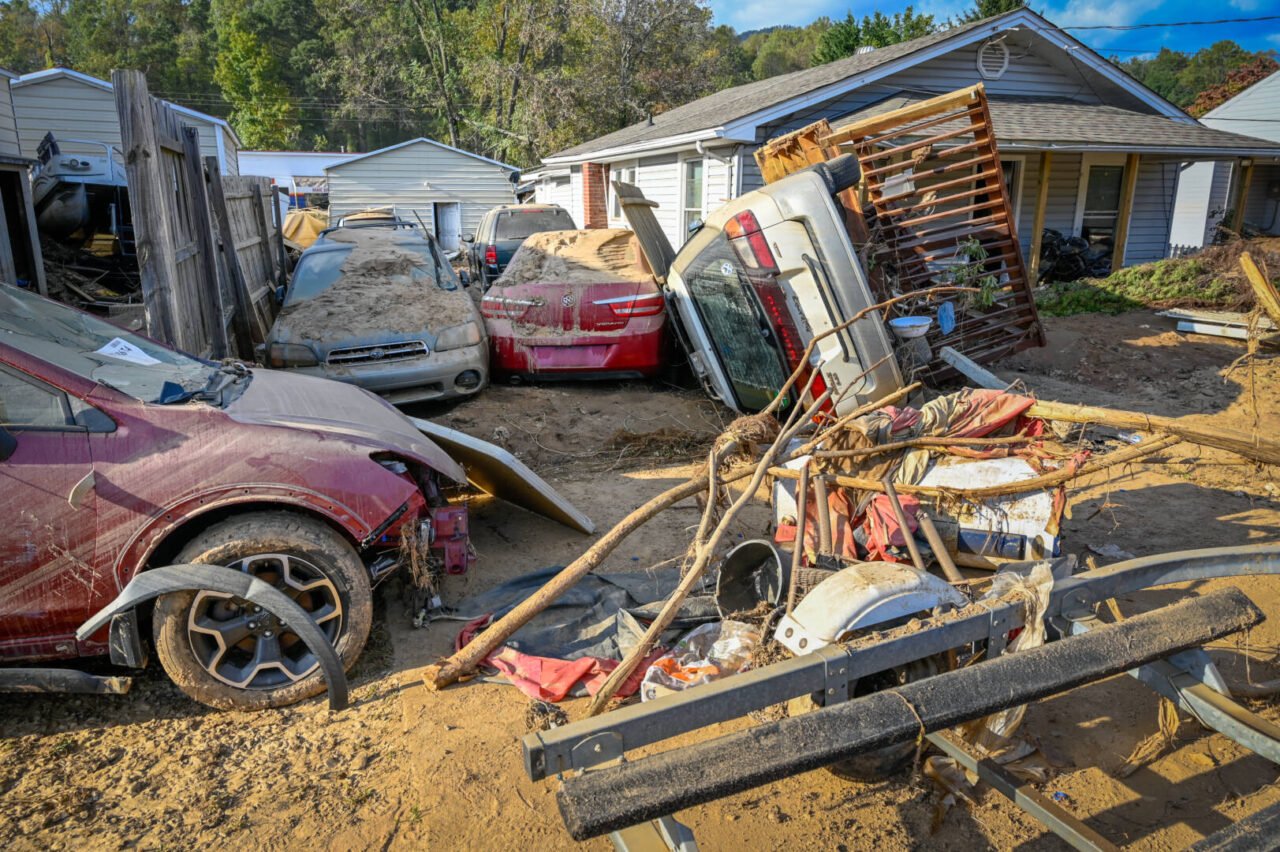
Make a spiritual readiness plan
In moments of fear or panic, God’s word brings peace, so it can be wise to also create a spiritual readiness kit into your regular emergency kit. We encourage families to prepare holistically, combining physical safety with spiritual resilience. Being ready is an act of faith and love. God calls us to care for one another, especially in times of trouble. Jesus said, “Love your neighbor as yourself.” (Mark 12:31)
Bring faith into your emergency readiness:
- Include scripture cards featuring verses of comfort, a children’s Bible, and a prayer guide in your emergency kit. Verses of comfort can include:
“God is our refuge and strength, an ever-present help in trouble – Psalm 46:1
“So do not fear, for I am with you; do not be dismayed, for I am your God. I will strengthen you and help you; I will uphold you with my righteous right hand. – Isaiah 41:10
“Peace I leave with you; my peace I give you. I do not give to you as the world gives. Do not let your hearts be troubled and do not be afraid. – John 14:27
- Pray as a family during emergency drills.
- Encourage your church or ministry to develop a disaster response plan, so it may assist community members in the event of a disaster.
- Check in on vulnerable neighbors during storms or evacuations.
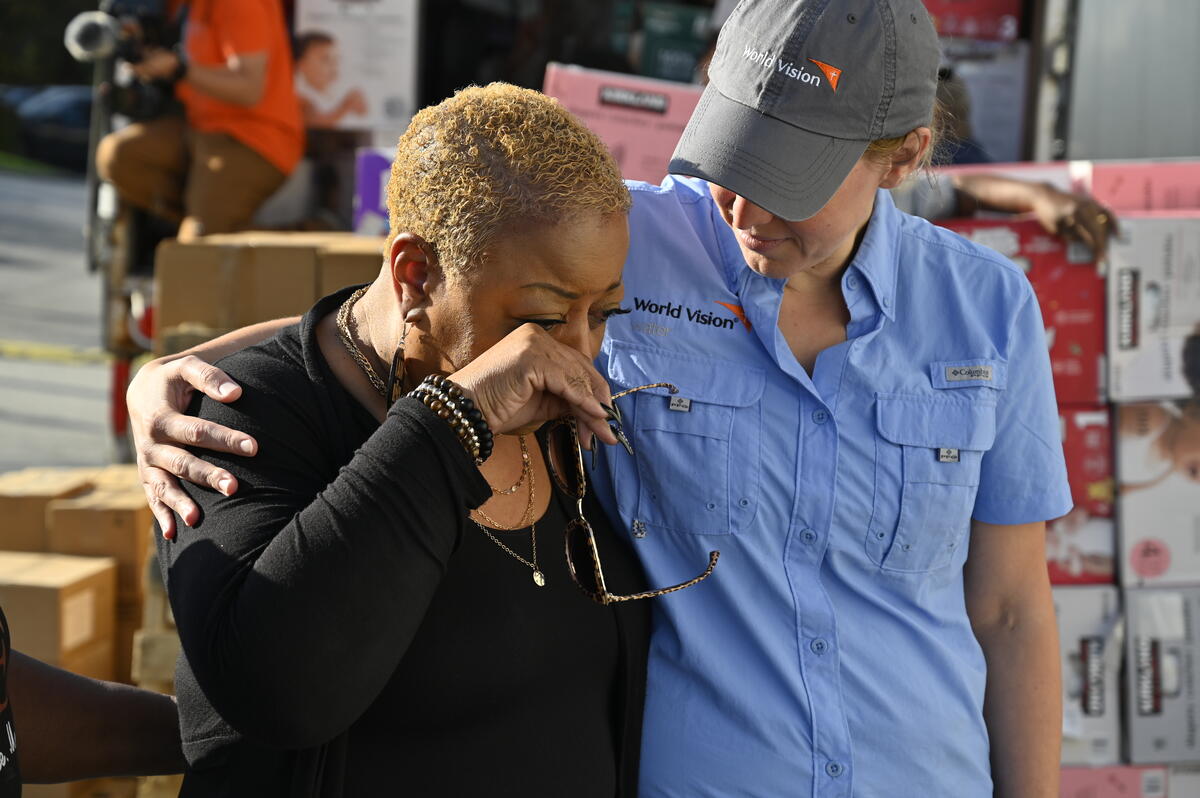
Ready to respond: How World Vision helps during emergencies
At World Vision, we believe preparation is an act of love. We help families before, during, and after disasters to stay safe, recover faster, and hold onto hope. Isabel Gomes oversees World Vision’s emergency responses worldwide — from conflicts and refugee movements to devastating natural disasters. With decades of experience, she knows what it takes to reach vulnerable communities quickly and effectively.
“I’ve seen firsthand how preparedness changes everything. In the chaos of an emergency, it’s the difference between despair and survival,” Gomes said. “What makes our humanitarian responses truly powerful is our local teams — they know the communities, they understand the needs, and they’re often the first to act. We prepare not just with supplies, but with compassion and trust — because every life we reach matters deeply.”
For World Vision, responding immediately has been a daily reality — a commitment rooted throughout the history of our work, and continues to guide us. Scripture calls us to welcome the stranger, to stand with the displaced, to love our neighbors as ourselves. World Vision is often among the first to respond when disaster strikes. In 2024 alone, we responded to 87 disasters and humanitarian crises across 65 countries, supporting over 35 million people in emergencies.
Here’s how we help:
- Respond within 24 to 72 hours with emergency relief supplies
- Distribute food, clean water, hygiene kits, and shelter
- Provide child protection services and trauma counseling
- Support long-term recovery and community rebuilding
Thanks to decades of experience, World Vision is uniquely positioned to respond swiftly and compassionately — delivering hope when it’s most needed.
Learn more about our disaster relief work.
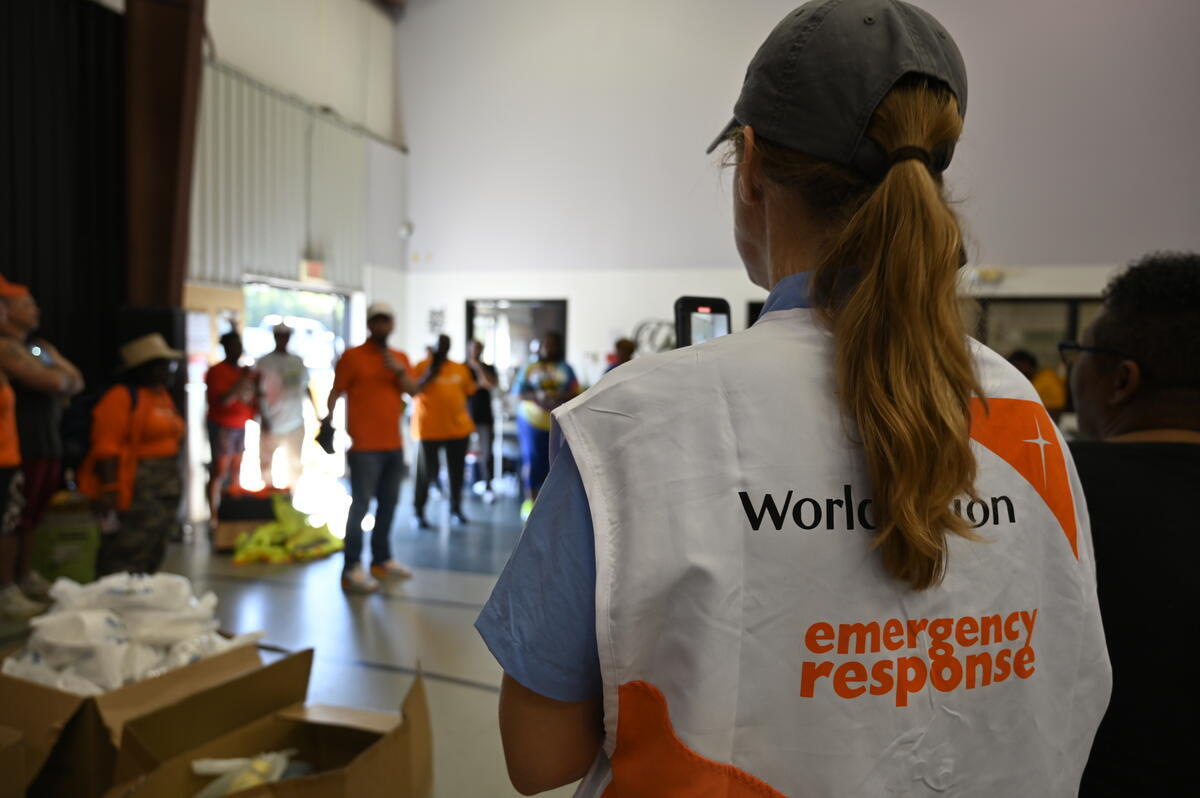
You can help by taking the next step with us:
